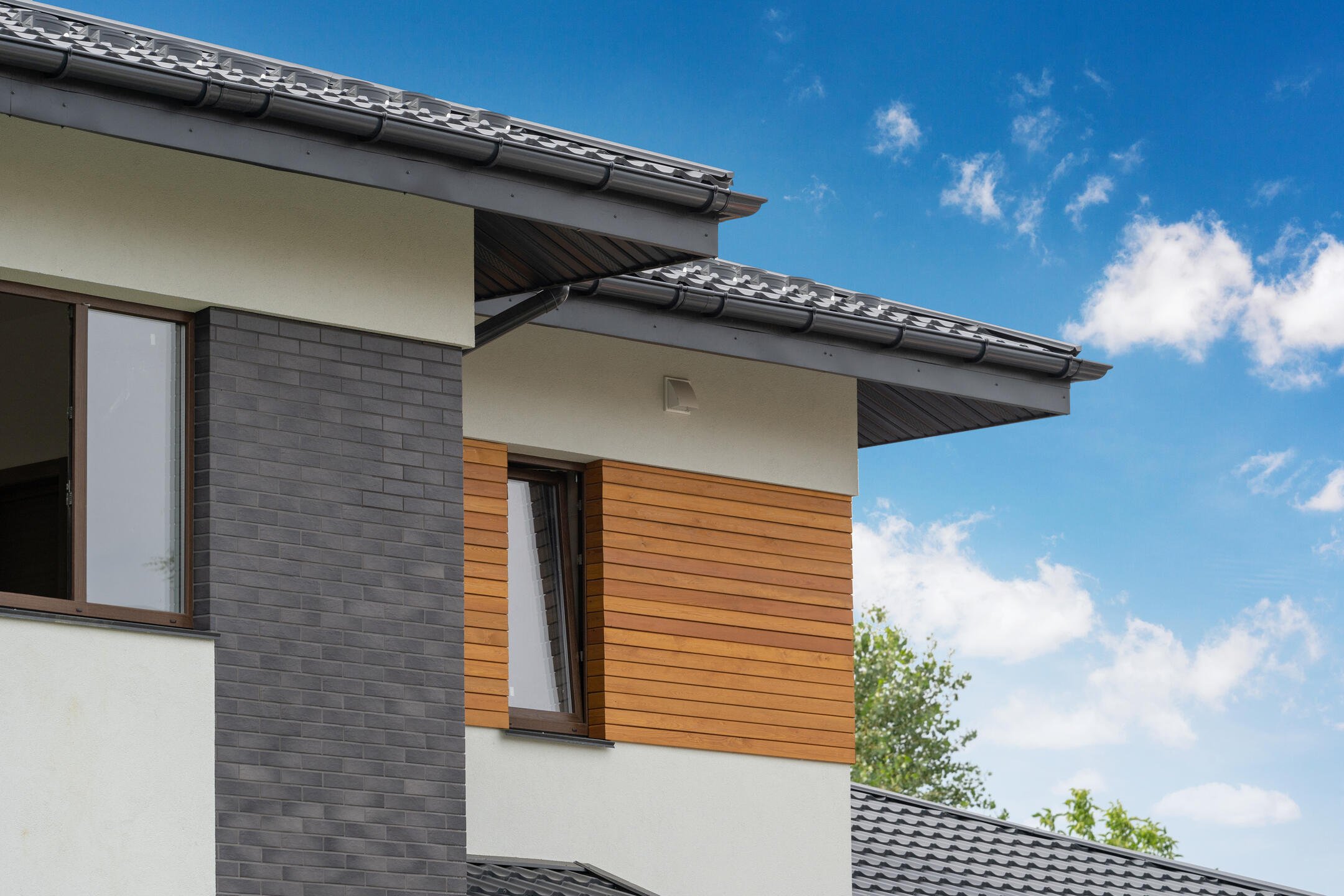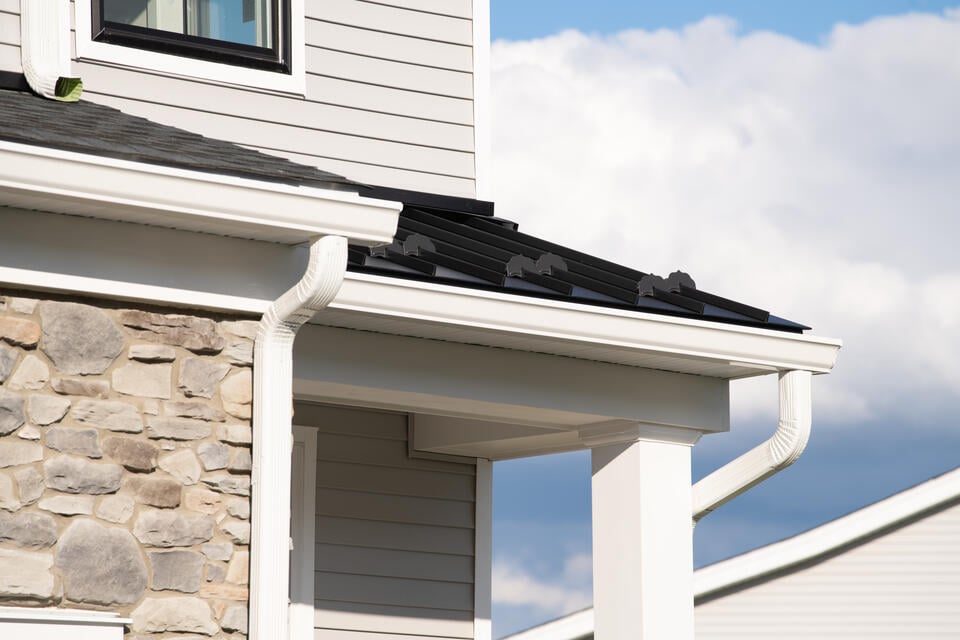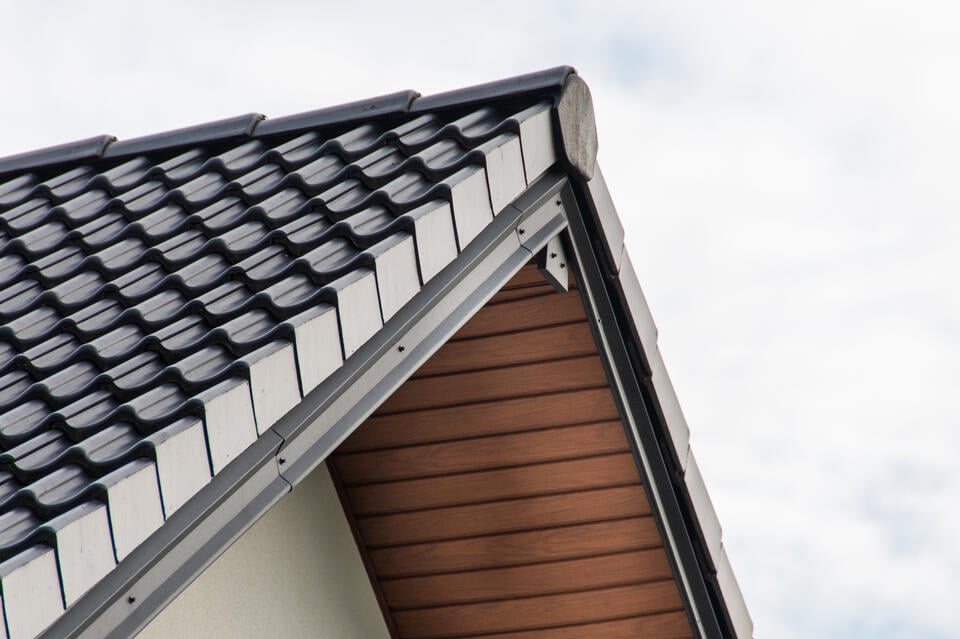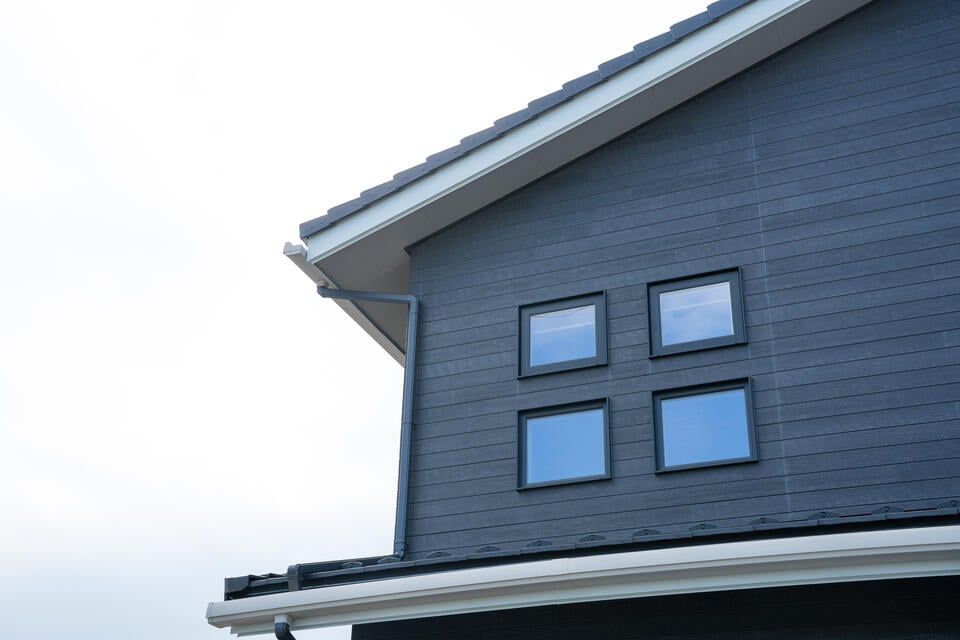
Roof Overhangs Explained: Purpose, Benefits, and Design Options
Roof overhangs are more than just a stylistic feature for your home—they play a vital role in protecting your property and enhancing its overall functionality. Whether you’re planning a new build or upgrading your current home, understanding roof overhangs can help you make better decisions about design and structural needs. This article will explore:
- What is a roof overhang and its purpose
- Benefits of roof overhangs
- Design options for roof overhangs
What is a Roof Overhang and Why Does it Matter?

A roof overhang refers to the part of the roof that extends beyond the walls of your home. While it might seem like a minor architectural detail, its role is crucial in protecting your home and enhancing its functionality. Roof overhangs provide shade, shielding windows and walls from harsh sunlight, which can reduce cooling costs and improve energy efficiency. They also offer protection from rain, directing water away from the exterior walls and foundation to prevent damage and erosion.
Roof overhangs are typically classified into two main types based on their design and function:
- Eave Overhangs: These run along the sides of the house and are often wider to provide better coverage and protection from rain and sun.
- Gable Roof Overhangs: Located on the pitched ends of the roof, these are often narrower and serve a decorative purpose, while also helping to minimize water runoff in those areas.
When thoughtfully designed and constructed, roof overhangs not only add to the aesthetic appeal of your home but also enhance its durability and weather resistance over time.
5 Benefits of Roof Overhangs

Roof overhangs offer a range of practical and aesthetic benefits for homeowners. Below, we’ve detailed the top advantages and provided expanded insights into why roof overhangs are a smart investment for any home:
1. Protection From Weather
A well-designed roof overhang acts as a shield against the elements, keeping rainwater, snow, and even harsh sunlight away from your home. By redirecting water away from the foundation, overhangs help prevent soil erosion, basement flooding, and cracks that can occur when water pools near the base of your home. Additionally, they protect exterior walls from staining and reduce the risk of water seeping through walls, which can lead to mold and mildew issues. This added layer of protection ensures your home remains structurally sound and visually appealing for years to come.
2. Energy Efficiency
Roof overhangs contribute to energy efficiency by managing the amount of sunlight that enters your home. Properly positioned overhangs provide shade to windows during summer, blocking out direct sunlight and reducing the need for air conditioning while keeping indoor spaces cooler. This helps lower your cooling bills and keeps interiors more comfortable. In winter, the sun sits lower in the sky, and overhangs allow natural sunlight to stream into your home, providing warmth and reducing heating costs. The result? A home that stays comfortable year-round while saving you money on energy bills.
3. Improved Structural Longevity
Overhangs protect your home’s structure from the damaging effects of rain, snow, and UV rays. By deflecting rain and snow away from walls and foundations, overhangs help prevent moisture-related issues such as peeling paint, wood rot, and structural decay. Without overhangs, constant exposure to these elements can lead to costly repairs over time. Additionally, they shield windows, doors, and siding from weathering, extending the lifespan of these features and maintaining the integrity of your home’s exterior.
4. Enhanced Aesthetics
Roof overhangs aren’t just functional—they also add to your home’s visual appeal. By creating a sense of depth and dimension, they give your home a polished and well-designed look. Overhangs can be customized to complement your home’s architectural style, whether you prefer a modern, minimalist design or a classic, traditional appearance. They also provide opportunities for enhancements like decorative brackets, lighting fixtures, or even planters, allowing you to create a cohesive and attractive exterior that enhances curb appeal.
5. Improved Ventilation
Extended roof overhangs often incorporate soffit vents, which play a vital role in maintaining proper attic ventilation. These vents allow fresh air to circulate through the attic, regulating temperature and reducing humidity levels. Proper ventilation prevents issues like mold growth, condensation, and wood rot, which can compromise the lifespan of your roof and insulation. It also helps keep your attic cooler in summer, which can lower energy consumption, and prevents ice dams from forming in winter by maintaining a consistent roof temperature. Overhangs with ventilation features protect your home from hidden damages while improving overall energy efficiency.
Design Options for Roof Overhangs

Roof overhangs are highly customizable and can enhance any architectural style while providing functional benefits. Below are some popular design options, each with unique features and advantages to consider:
Minimalist Overhangs
Minimalist overhangs are sleek, small, and perfect for modern or contemporary-style homes. Their simple, clean lines provide a polished appearance without overwhelming the overall design. While they may not offer extensive protection from harsh weather conditions, they effectively shield windows and doors from light rains and mild sunlight. Minimalist overhangs are ideal for urban homes or areas where aesthetics and subtle functionality take precedence. They also pair well with flat or low-pitched roofs, creating a cohesive and understated architectural look.
Extended Eaves
Extended eaves are a practical choice for regions with heavy rainfall, intense sunlight, or harsh weather conditions. These overhangs are much wider than standard designs, allowing them to provide ample shade for windows and walls, reducing heat buildup inside the home. They also direct rainwater away from the structure, preventing potential damage to siding, foundations, and landscaping. Extended eaves are particularly popular in tropical and Mediterranean climates, where they blend functionality with design, offering a visually balanced and protective feature for any home.
Covered Patio Extensions
A roof overhang can seamlessly extend into a covered outdoor seating or patio area, maximizing the usability of your outdoor space. This design not only provides shelter from the elements but also creates a smooth transition between indoor and outdoor living areas. Covered patio extensions are ideal for entertaining guests, enjoying meals al fresco, or simply relaxing in the shade. Depending on your style, these extensions can include lighting, fans, or even outdoor heating elements, making your patio a versatile space for year-round enjoyment. They are particularly effective for homes with open floor plans, where continuity between interior and exterior spaces is a priority.
Decorative Gable Overhangs
For homeowners who value aesthetics and attention to detail, decorative gable overhangs can elevate the visual appeal of your home. These overhangs often feature intricate trims, brackets, or detailed woodwork that adds character to the gable ends of the roof. They are commonly found in traditional, Victorian, or Tudor-style homes, but can also be adapted for modern designs with simpler patterns. Decorative gable overhangs serve not only as a statement piece but also as an opportunity to showcase craftsmanship and personalize your home’s exterior.
Exposed Rafter Ends
Exposed rafter ends are a rustic, charming design often associated with Craftsman, cottage, or farmhouse-style homes. These overhangs leave the wooden rafters visible, creating an elegant, handcrafted appearance that emphasizes natural materials. To enhance the visual appeal, the rafters can be stained, painted, or finished with intricate patterns or cuts. This design offers a blend of function and style, as the overhangs protect the home while adding warmth and character. Exposed rafter ends pair well with natural landscaping and are perfect for homeowners seeking a cozy, traditional aesthetic.
Curved Overhangs
Curved roof overhangs are an eye-catching alternative to traditional straight designs and are perfect for those who want their home to stand out. The soft, flowing lines of a curved overhang create a sense of movement and elegance, complementing architectural styles such as Mediterranean, coastal, or contemporary. These overhangs often evoke a sense of luxury and sophistication while offering the same protective benefits as straight overhangs. Curved designs can be customized with various materials, such as metal or wood, and can integrate seamlessly with curved walls or arched windows for a cohesive look. This unique style adds a touch of personality to any home.
Enhance Your Home with Better Way Roofing’s Expert Overhang Solutions
At Better Way Roofing, we understand the importance of combining functionality and style when it comes to roof overhangs. Our team of experienced professionals is dedicated to providing top-quality craftsmanship and personalized solutions tailored to your home’s unique needs. From enhancing aesthetics to improving weather protection, we take pride in delivering results that exceed expectations. Trust us to guide you through every step of your roofing project with transparency and care. Contact Better Way Roofing today for a consultation and discover how we can bring your vision to life!
